Top image: A Marine Corps F4F “Wildcat” at Henderson Field, Guadalcanal. Photo from Naval History and Heritage Command.
The first American offensive of the Pacific war resulted in a seven-month slog in an inhospitable environment that took its toll on all involved. Suffering from dysentery, malaria, and other tropical diseases, both Army and Marine units secured Henderson Field, established a defensive perimeter, and assaulted Japanese positions on the island’s northern end. In a truly joint effort, the US Navy provided naval surface fire support while also taking on the Imperial Japanese fleet at sea, while the US Army Air Forces (USAAF) provided much needed close air support and interdicted Japanese supply routes. While the campaign marked the first offensive victory for the Americans, it provided more than just a morale boost and a checking of Japanese aggression. This campaign illustrated the powerful synergy of American joint operations.
Working together in a unified manner, all four US military services had a role to play in the subsequent victory. During the interwar years, the American military was largely a cadre force with very little combat experience. Each service had its own parochial approach to war and jealously guarded its own roles and mission and their associated budgets. With the advent of new weapons, technology, and a well-trained and capable foe, the US military had much to learn about working together in a coordinated and joint endeavor. Guadalcanal was more than just a campaign victory; it served as a classroom for the services resulting in better interoperability and joint operations. This ability to integrate the domains of air, land, and sea were key components of the Allied victory over fascism.
Given the remoteness of the Solomon Islands and distances involved, the victory ashore was inextricably tied to the naval effort. Fighting at the edge of the nation’s strategic reach, the US Navy played a key role in developing combat power ashore. Moving men and materials to the islands required strategic sealift and the ability to move it from ship to shore. Although there is great debate about the US Navy leaving ground forces to their own devices at times during the campaign, the Navy was key in the introduction and supply of American troops ashore. Additionally, American naval forces also targeted Japanese troop carriers, supply ships, and surface combatants, significantly reducing enemy combat power on the island and afloat. Dubbed the “Tokyo Express,” US naval power also cut off Japan’s sea line of communication through the Solomon Islands. Furthermore, naval platforms close to the shore line supported soldiers and Marines inland. Navy destroyers provided fire support during key engagements. With gunfire liaison teams and spotters, Navy ships engaged enemy positions and formations, providing an invaluable service to the ground component.
In addition to the surface fleet, naval aviation in concert with the USAAF also contributed to the campaign’s victory. A joint air armada not only assisted in offensive operations but defended the American lodgment from Japanese air attacks. Initially Marine F4F “Wildcats” provided top cover against Japanese air attacks with Navy fighters joining the effort. Additionally, given the difficult terrain of the island, Marine SBD “Dauntless” dive bombers were effective in reaching enemy positions that were safely in defile from the flat trajectories of naval guns. Marines of the “Cactus Air Force” were a key component in the initial fight also providing close air support to grunts on the ground. Rudimentary close air support missions had little air-ground communications and sometimes required pilots to visit the front lines to get a better appreciation of a proposed target. In addition to Navy and Marine dive bombing, USAAF B-17 “Flying Fortresses” attacked both Japanese airfields at Munda and port facilities at Bougainville. Along with the naval service’s F4Fs, Air Force P-39/400 “Airacobras” strafed enemy troops and provided close air support while assisting in providing fighter cover from Japanese bombers overhead. In the air domain, all the services played important roles.
With the Marines making the first landings in August 1942, the 1st Marine Division under Major General Alexander Vandegrift secured Henderson Field, established a defensive perimeter, and conducted offensive operations against Japanese troops. However, given the harsh jungle environment combined with the lethal combat action, by December Vandegrift’s Marine Division was spent. Casualties, both physical and mental, took their toll on the Marines, and they were eventually relieved by Army Major General Alexander Patch’s XIV Corps in January. While some Army units arrived as early as October, XIV Corps arrived with two Army divisions along with part of the 2nd Marine Division. Ground fighting for the remainder of the campaign was done by soldiers and Marines alike and often simultaneously until the island was declared secured in February 1943. This combination of ground forces would occur again in landings such as Guam, Tinian, and Okinawa.
Japanese troops finally evacuated the island on February 8, 1943. During the campaign, the joint force lost 1,592 personnel killed in action with another 4,183 wounded along with thousands more suffering from tropical diseases. Despite these numbers, the Americans inflicted a disproportionate number of casualties on their Japanese foe. By the end of the campaign, Imperial Japan lost 14,800 KIA, 9,000 from disease, with 1,000 captured. This initial victory came about as all four military services worked together in a unified manner while fighting at the fringes of empire. Having to operate in three domains simultaneously, the joint effort help set a precedent for future operations. No one service could win the war alone. Guadalcanal was the first lesson for the Americans as victory required a synergy of American combat power to overcome Japanese imperialism.
John Curatola, PhD
John Curatola, PhD, is the Samuel Zemurray Stone Senior Historian at the Jenny Craig Institute for the Study of War and Democracy.
Cite this article:
MLA Citation:
APA Citation:
Chicago Style Citation:
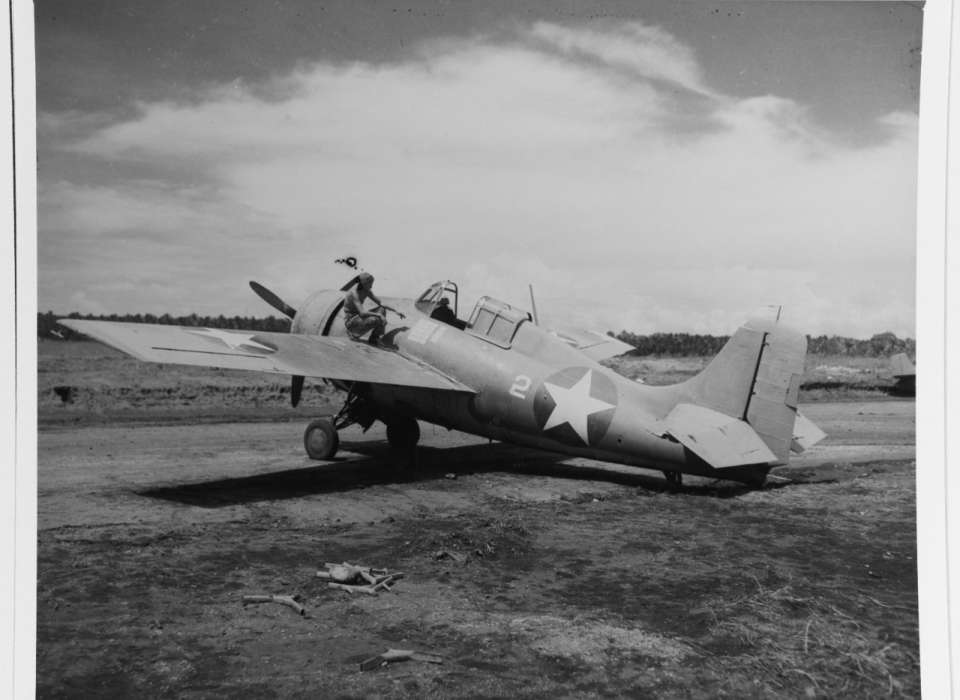
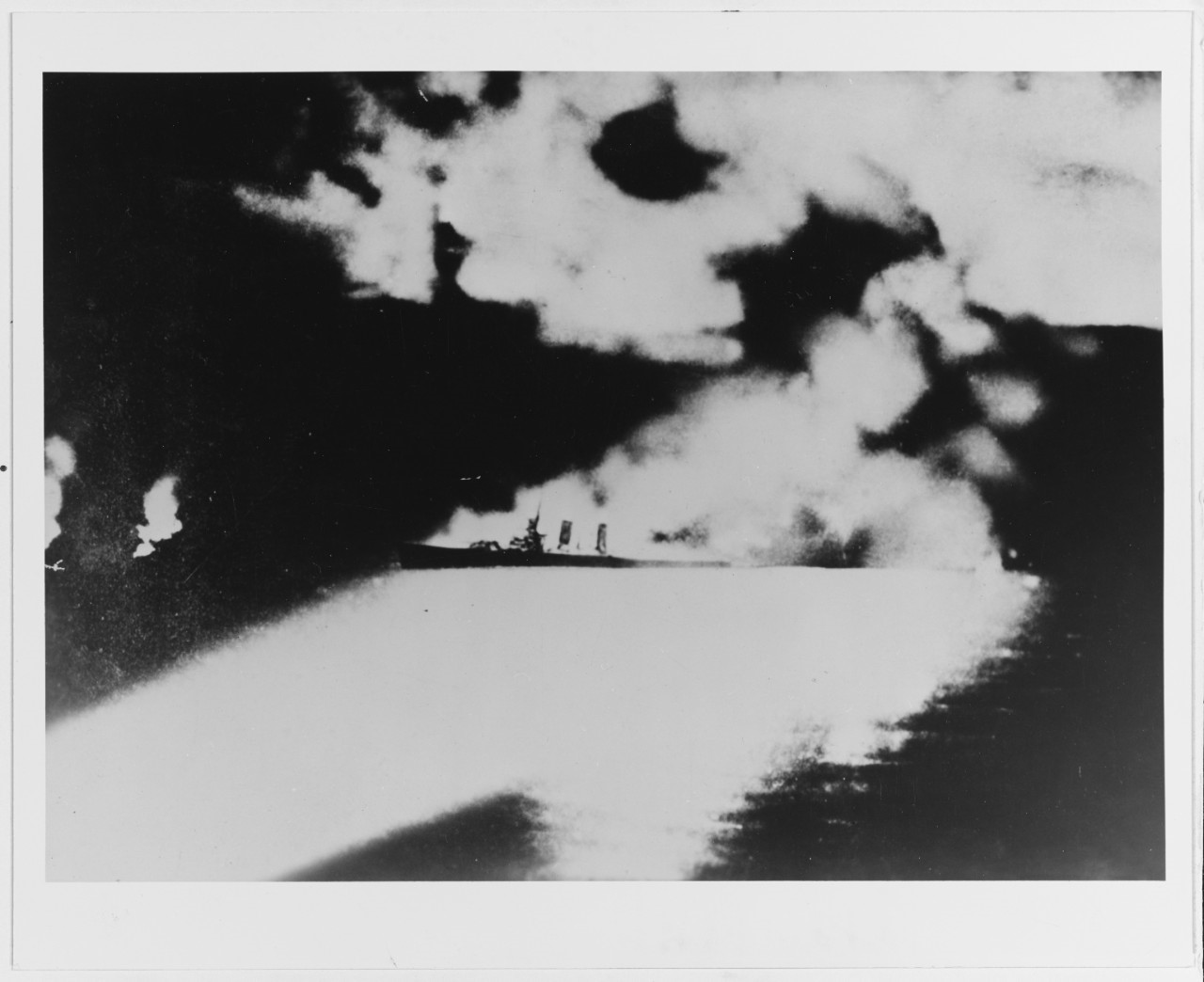
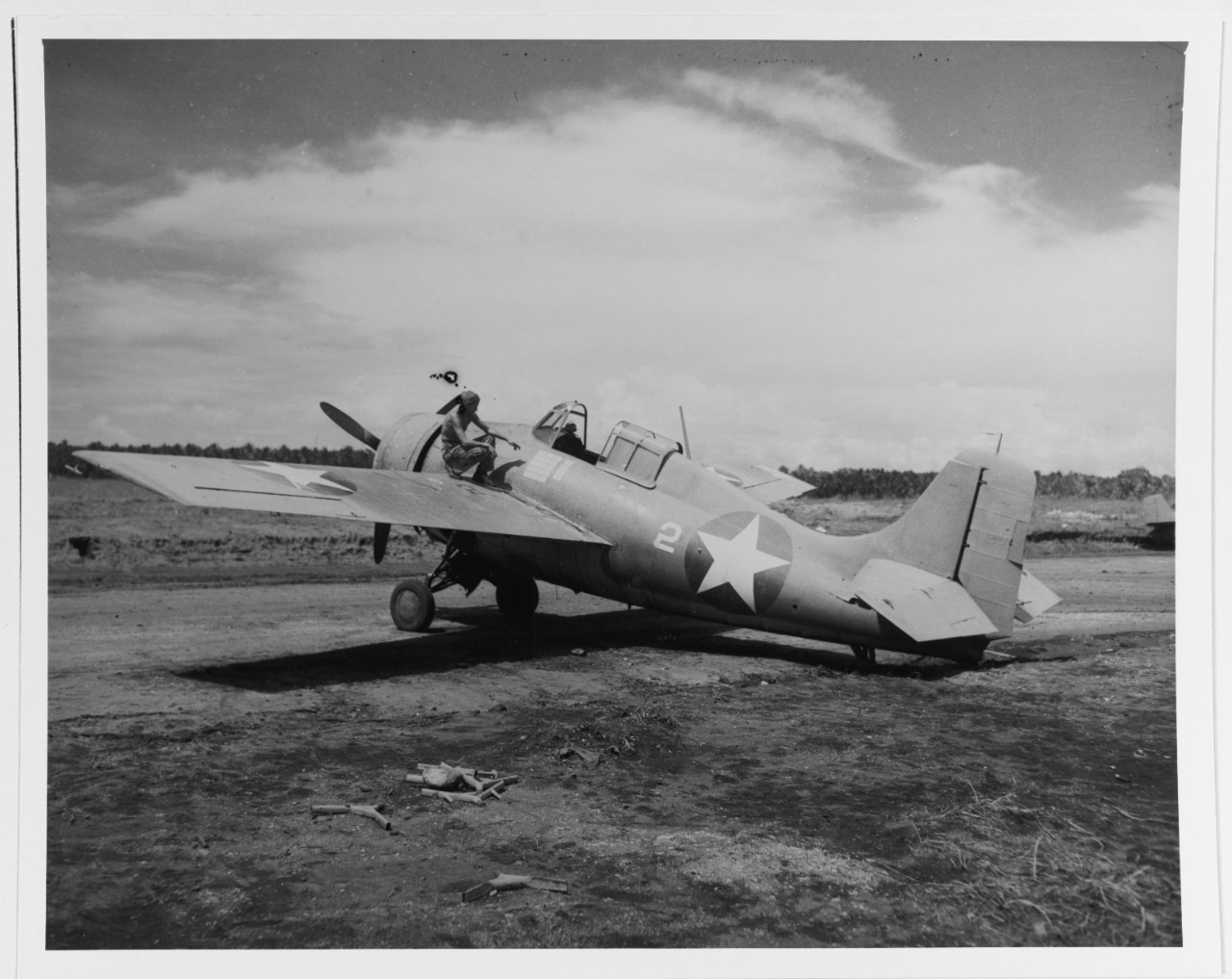
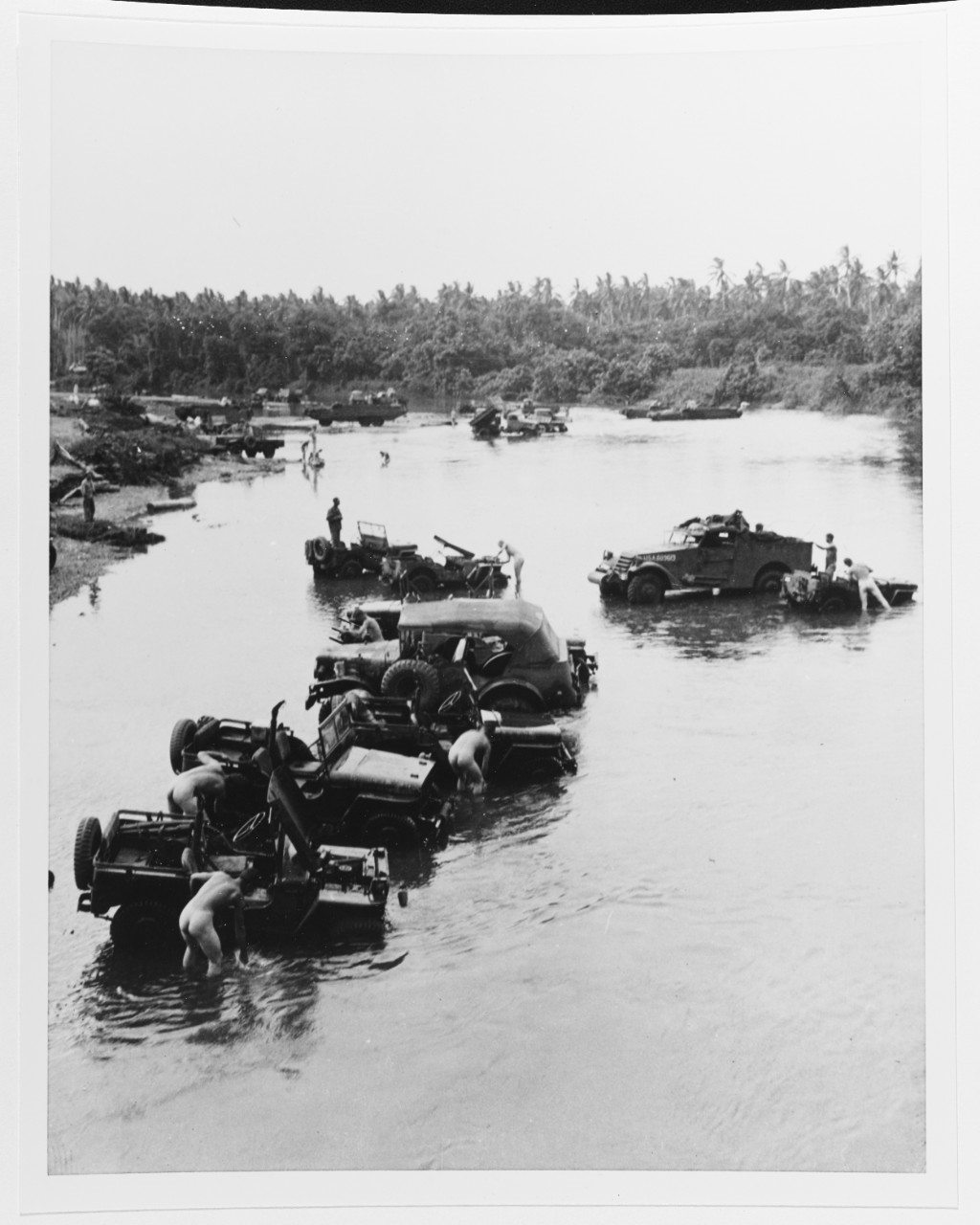
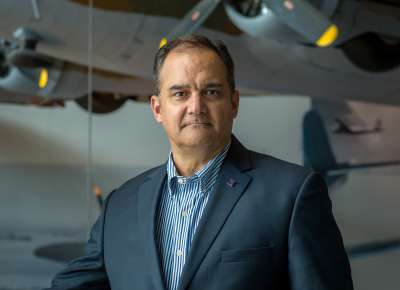





![Max Fuchs, New York City cantor, sings as Rabbi Sydney [sic] Lefkowitz, Richmond, VA, conducts the first Jewish services from Germany.](/sites/default/files/styles/max_650x650/public/2025-10/image1.jpg)

